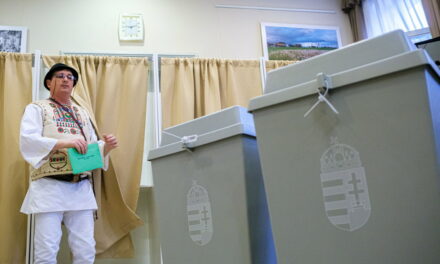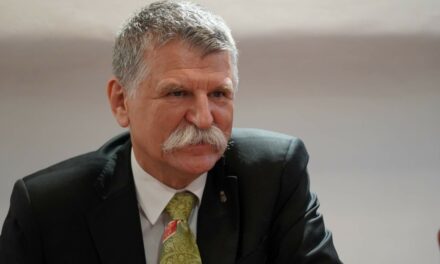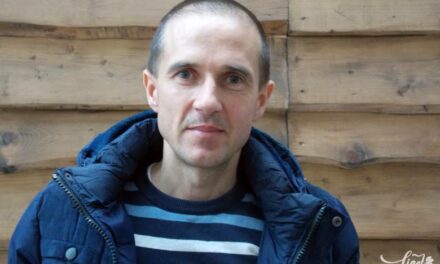After six years, the Pharmaceutical Museum of Cluj-Napoca has reopened, welcoming visitors with expanded exhibition spaces and a restored collection. As a branch institution of the Transylvanian History Museum, the museum operating in the Hintz house on the main square is a rarity in Transylvania, there is even a similar one in Sibiu. Its uniqueness lies in the fact that it operates in one of the city's oldest pharmacies, and preserves its equipment and tools.
Felix Marcu, director of the historical museum, said at the press conference before the opening that the basis of the museum's material is the 2,000-piece collection of doctor and pharmacist Gyula Orient. This was expanded to 7,000 through other private collections, and medical instruments were also added. "This is a living collection," underlined the director, who says that it is constantly being expanded.
The museum rents the rooms of the Hintz house, which was restored to its original owner and was exemplarily renovated, and once operated as a pharmacy. The renovated basement was also added to these, increasing the exhibition space to 300 square meters. Remains of walls from the Roman period were found here, which can also be viewed, added the director of archeology.
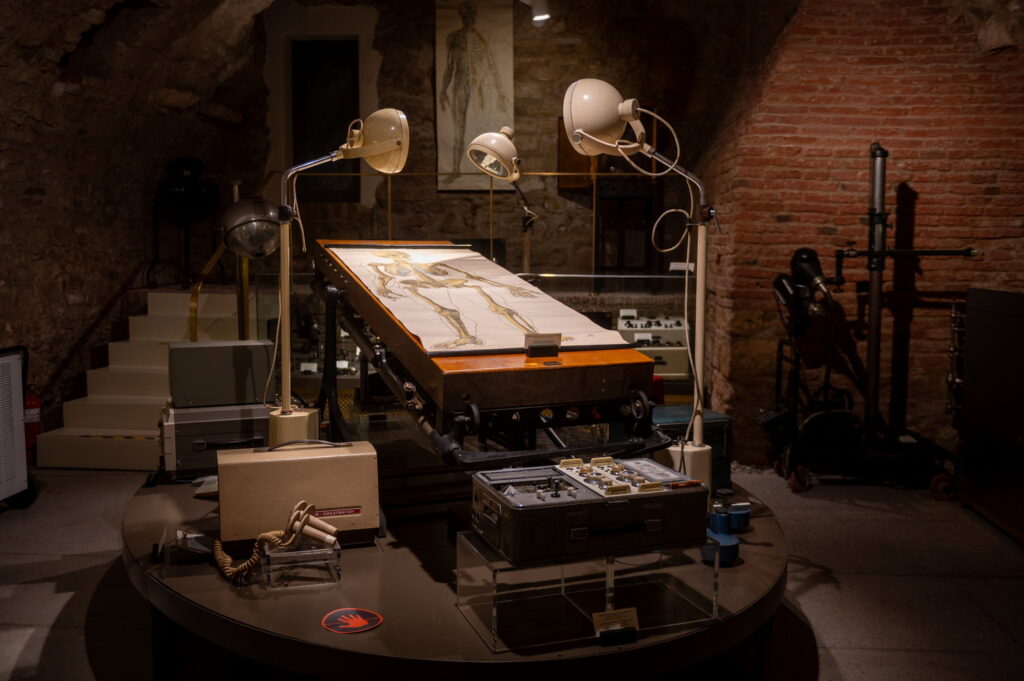
Doctor's room on the day of the reopening of the Pharmaceutical Museum of Cluj in the renovated Hintz House on January 15, 2024.
MTI/Gábor Kiss
A number of coins were also found, which, according to curator Ana Maria Gruia, are small coins from the 18th century - thalers, krajčars. During the renovation, the baroque wall paintings and painted furniture, as well as the medieval exhibits were also restored, and new display cases were also acquired. Three quarters of the 1.1 million lei (14.4 million forints) investment was paid for by the Romanian Ministry of Culture, and the rest by the historical museum.
On the ground floor, you can see the medieval recipe books, pharmacy seals, tools - mortars, scales, vessels, presses, laboratory instruments -, medicines, raw materials used for making medicines. The visitor can also see medieval preparations: mummy powder, beaver teeth and elixir of life, which was considered a miracle medicine in the Middle Ages, are also in the displays.
An exhibition explaining the history of the house has also been set up in the building, and museum education sessions are also held. The medical equipment is located in the basement, all exhibition spaces are modern and interactive.
At the opening, owner Georg Hintz recalled that in 2008, the property nationalized in 1949, in which his ancestors lived for more than 200 years, was returned to the family. In addition to the documents proving ownership, he also received an eviction order from the museum, but he persuaded the institution to stay. He emphasized that he thought it important to renovate the valuable building, which is one of the oldest properties in the city. The works started in 2018.
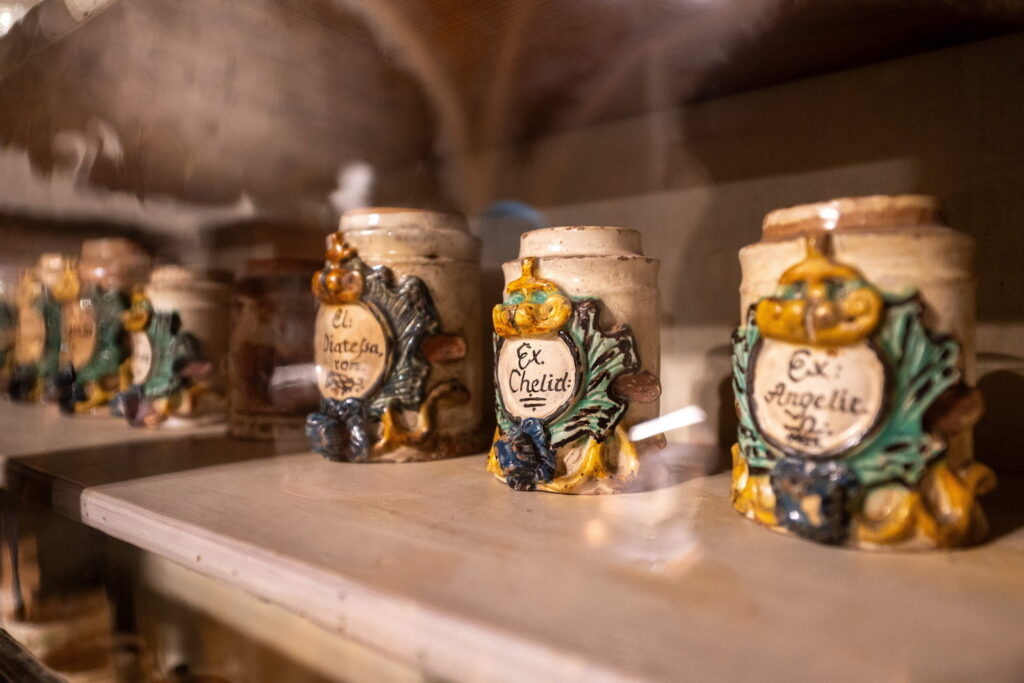
Exhibits on the day of the reopening of the Pharmaceutical Museum of Cluj in the renovated Hintz House on January 15, 2024.
MTI/Gábor Kiss
The representatives of the design and construction companies said: In Romania, it is very rare for an owner to renovate a listed building on his own and to do exemplary work. They expressed their joy at being able to return one of the city's cultural and tourist attractions.
The one-story building on the northern corner of the main square of Cluj-Napoca was originally built in the Renaissance style, then rebuilt in the Classicist style in 1820. Tóbiás Mauksch was the first to set up a pharmacy in it in 1766, which became the property of the Hintz family in 1851. In 1954, it was transformed into a Pharmaceutical Museum, which after its reopening can be visited daily between 10 a.m. and 6 p.m.
MTI
Cover image: Exhibition space in the room with 18th-century decorative painting on the day of the reopening of the Pharmaceutical Museum of Cluj in the renovated Hintz House on January 15, 2024. MTI/Gábor Kiss



